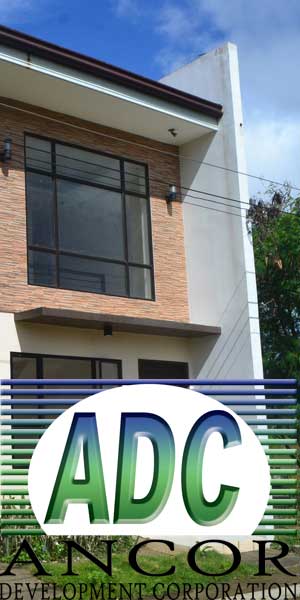
(A tribute to all my teachers in Sigma who imparted knowledge, honed my skills, and molded my character.)
In 1767—about a century before Queen Isabel II’s famous education decree—Governor-General Jose de la Raon issued Ordinanza 93 in compliance with the Royal Decree of June 5, 1754. This order required that a primary school be established in every village of the Philippines. The schoolmaster was to be well-versed in Spanish and was expected to teach reading, writing, and Christian doctrine to the natives. Teachers’ salaries were to be paid promptly from community funds.
The earliest known record of a local teacher appears in 1792, when Don Agustin Unsan served as Sigma’s schoolmaster. He received fifteen pesos—twelve for his salary and the remaining three for the value of twelve cavanes of rice taken from the community fund. The following year, 1793, Don Miguel Gallardo, who likewise taught the children of Sigma, was paid the same amount: twelve pesos for his salary and three pesos for twelve cavanes of rice, each cavan measured at twenty-four gantas.
A century later, on December 20, 1863, Queen Isabel II issued a royal decree mandating that every pueblo in each province maintain at least one primary school offering free education to Filipino and Chinese children of both sexes.
By 1866, the first recorded Maestro de Niños (schoolteacher for boys) in Sigma was Don Jose de los Reyes y Franco, a native of Mambusao, Capiz. He served until 1873, when he was succeeded in November by Don Jose Andrada, of Capiz, now Roxas City, who received a monthly salary of fifty pesetas.
According to an October 1871 report published in the Gaceta de Manila, during the tenure of Maestro Jose and Maestra María, Sigma had 204 enrolled pupils: 99 boys and 105 girls. Of these, 178 could read but only 26 could write.
The first recorded Maestra de Niñas (teacher for girls) was Doña Maria Navarra of Mambusao in 1871. She was later succeeded by Doña Antonia Gonzalez, a 29-year-old Spanish mestiza from Binondo, Manila, who was appointed Substitute Maestra de Niñas on May 31, 1876, with an annual salary of 72 pesos.
The following year, Doña Antonia’s husband, Don Baldomero Albay of Capiz, was appointed Maestro de Niños on June 18, 1877, formally taking office on July 15. He served for six years until April 30, 1883, when he was transferred to Sapian, Capiz.
Don Baldomero was succeeded by his brother-in-law, Don Prudencio González (brother of Doña Antonia), who was appointed Temporary Maestro de Niños on June 15, 1883. He, in turn, was followed by Don Juan Bermejo y Cosca of Panay, Capiz, appointed on April 17, 1886. Maestro Bermejo inspired several of his pupils—including Bernardino Protasio and Braulio Reyes—to pursue further studies in Manila; both later returned as teachers, in Dumalag and Sigma respectively. Bermejo eventually requested a transfer to Pontevedra for health reasons, which was granted.
Meanwhile, on December 17, 1886, Doña Antonia González, still serving as Maestra de Niñas of Sigma, was reassigned to Sapian to rejoin her husband.
On May 9, 1887, Doña Agueda Duran, a 36-year-old widowed teacher from Cavite, was appointed Substitute Maestra de Niñas. She was later confirmed as the regular Maestra de Niñas of the pueblo.
Succeeding Don Juan Bermejo as Maestro de Niños was his former student Don Braulio Reyes, who took office on June 20, 1892. He was the son of Don Jose de los Reyes, Sigma’s first recorded maestro, and Doña Tomasa Juanico. He served as the town’s maestro until the outbreak of the Philippine Revolution in Capiz in 1898.






